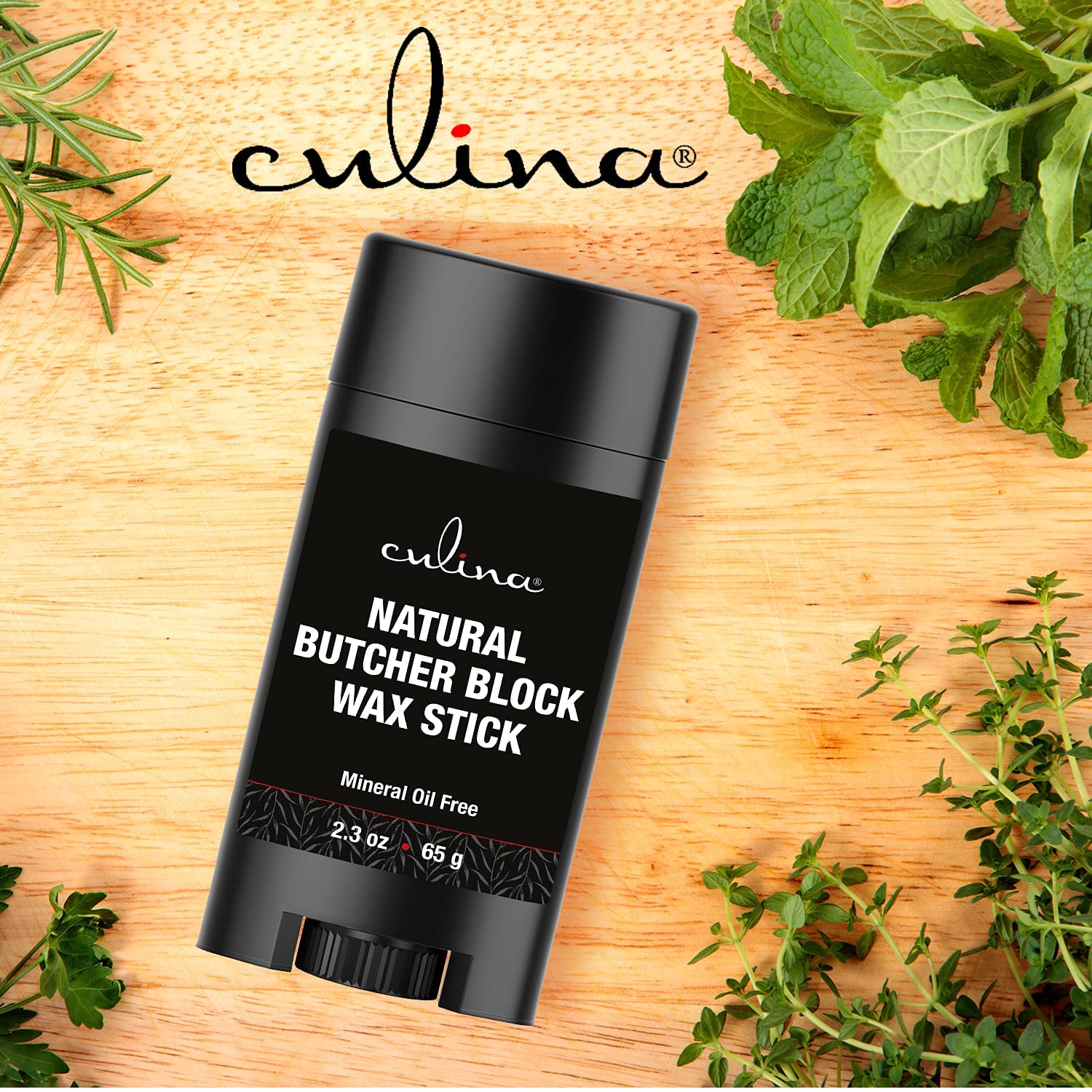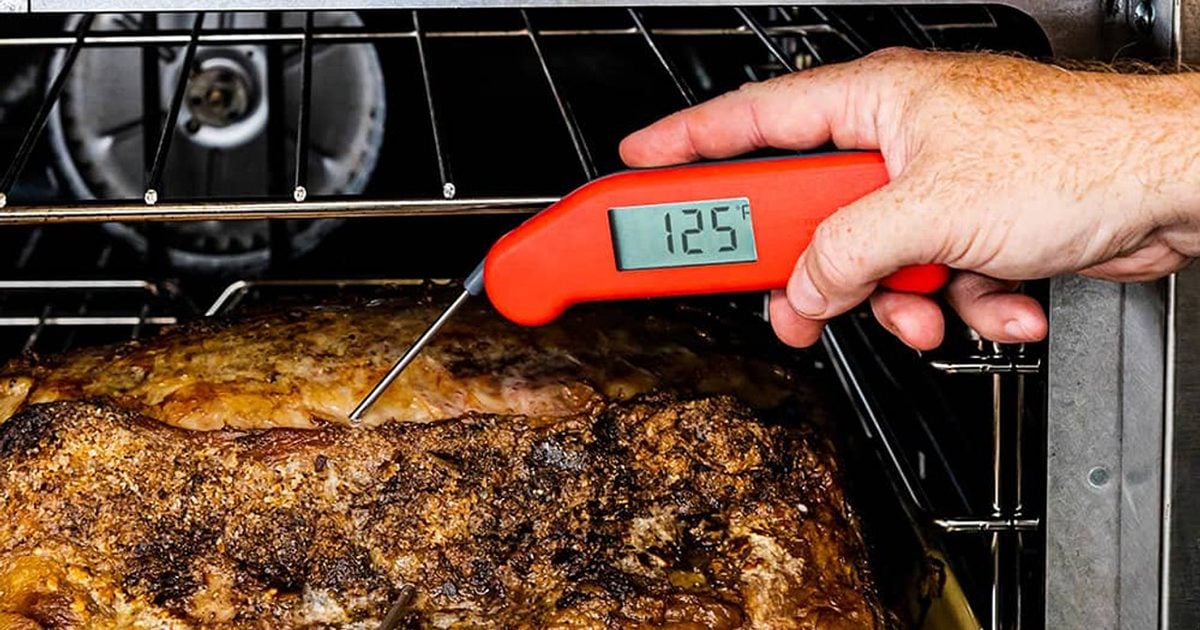Cooking the perfect leg of lamb can be a delightful experience, but it’s essential to know where to put meat thermometer in leg of lamb to ensure it cooks to perfection. This guide will help you achieve that goal. Using a meat thermometer correctly is one of the secrets to delicious, tender meat that will leave your guests delighted.

Introduction to Cooking Leg of Lamb
A leg of lamb is a popular and flavorful cut of meat. Cooking it to the right temperature is critical to bring out its tremendous taste and succulent texture. Whether you’re a seasoned chef or a home cook trying it for the first time, understanding the use of meat thermometers is essential.
Using a meat thermometer helps you avoid guesswork and ensures the meat is neither undercooked nor overcooked. The key is placing the thermometer correctly.

Why Use a Meat Thermometer?
Precision in Cooking
Using a meat thermometer offers precision in cooking, allowing you to achieve the perfect level of doneness. It takes the guesswork out of cooking and gives you confidence that your food is safe to eat.
Safety First
Meat requires careful temperature control to prevent foodborne illnesses. A meat thermometer ensures your lamb reaches a safe internal temperature, reducing the risk of harmful bacteria.
Retaining Juiciness
Cooking meat to the right temperature ensures it remains juicy and flavorful. Overcooking can lead to dry and tough meat, while undercooking can leave it unsafe to eat.

Where to Insert the Meat Thermometer in Leg of Lamb?
The Thickest Part
The thermometer should be inserted into the thickest part of the leg. This is generally the middle section, away from the bone. Aiming for the thickest part ensures you get an accurate reading of the interior temperature.
Avoid Bone Contact
While inserting the thermometer, ensure it doesn’t touch the bone. Contact with the bone can give a false reading, as the bone tends to heat up faster than the meat.
Depth of Insertion
Insert the thermometer deep enough to reach the center of the meat. For a leg of lamb, this usually means inserting the probe about two to three inches deep.
Understanding Temperature Readings
Rare to Well-Done
The ideal internal temperature for a leg of lamb varies based on desired doneness:
- Rare: 125F (51C)
- Medium Rare: 135F (57C)
- Medium: 145F (63C)
- Well Done: 160F (71C)
Using Digital vs. Analog Thermometers
Both digital and analog thermometers can be used effectively. Digital thermometers are often preferred for their precision and quick readings. Analog thermometers, while accurate, require a bit more time to stabilize and provide a reading.
For more detailed instructions on using meat thermometers, you can visit how to use a meat thermometer.
Steps to Using a Meat Thermometer
Preparing the Meat
Before cooking, allow your leg of lamb to come to room temperature. This helps in even cooking.
Inserting the Thermometer
Once your meat is at room temperature, insert the thermometer into the thickest part of the lamb, avoiding bones.
Reading the Temperature
Check the thermometer reading regularly as the meat cooks. When it reaches your desired doneness, remove the meat from the heat source.
Troubleshooting Common Meat Thermometer Issues
Inaccurate Readings
If you notice unusual readings, make sure your thermometer is properly calibrated. Digital thermometers often come with instructions for calibration.
Thermometer Not Working
Ensure the battery in a digital thermometer is functioning. For analog thermometers, check for any damage or obstructions that might affect its reading.
Alternative Methods
If you don’t have a meat thermometer, other methods can help you gauge the doneness of the lamb, though they are less precise.
Finger Test
Using the finger test, you can press down on the meat to sense its firmness. This method is not as accurate but can give a general idea of doneness.
Cooking Time and Visual Cues
Relying on cooking time and visual cues can also be helpful but remember these methods are less precise compared to using a meat thermometer.
Advantages of Using a Meat Thermometer
Enhanced Flavor
Cooking meat correctly enhances its natural flavor, making it more enjoyable.
Better Texture
Proper temperature ensures the correct texture, avoiding chewy or tough meat.
Consistent Results
Using a meat thermometer ensures you get consistent results every time you cook.
Cleaning and Maintenance
After Each Use
Clean your meat thermometer after each use to avoid cross-contamination. Warm soapy water is usually sufficient.
Proper Storage
Store the thermometer in a safe place to prevent damage. Digital thermometers should be kept dry to avoid affecting their electronics.
FAQs
What is the best place to insert a meat thermometer in a leg of lamb?
The best place is the thickest part of the leg, away from the bone.
What happens if the thermometer touches the bone?
This can give a false reading and should be avoided.
How deep should I insert the thermometer?
About two to three inches into the thickest part of the meat.
For more great tips on meat and cooking, check out our articles on microwave rotisserie chicken, pair with rotisserie chicken, and cook on a griddle.
As an Amazon Associate, I earn from qualifying purchases.









